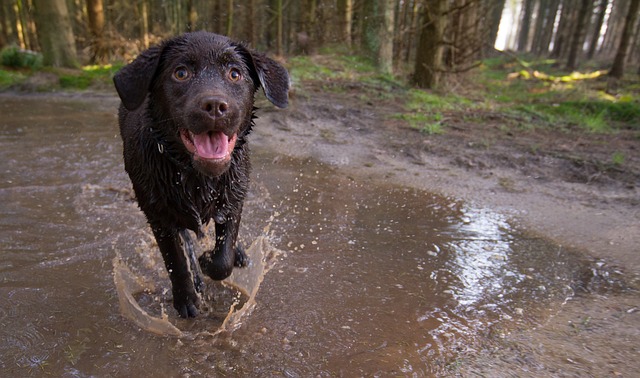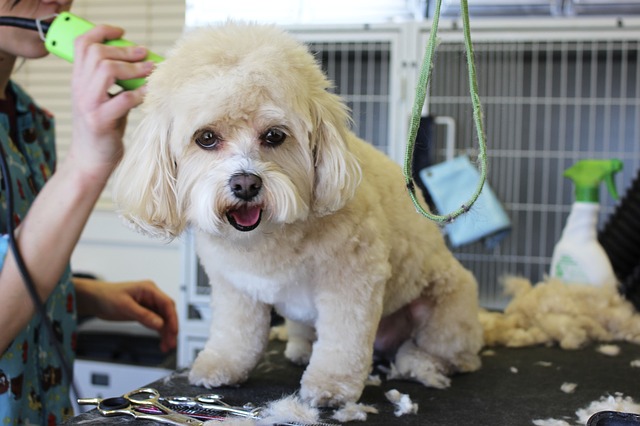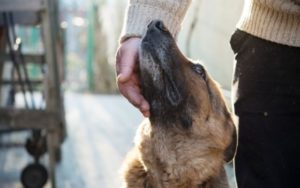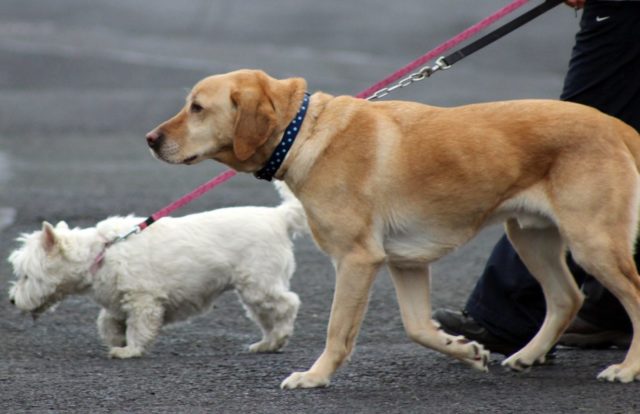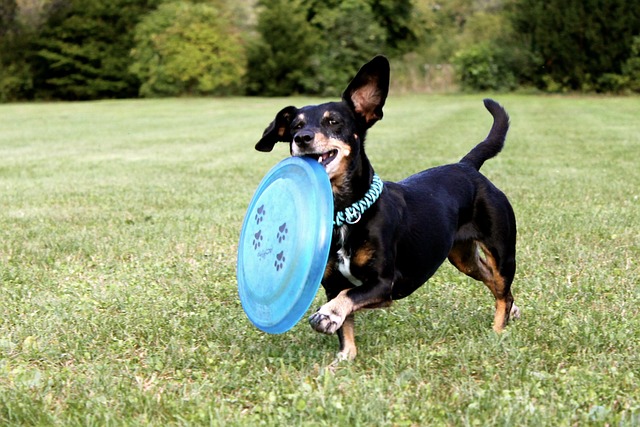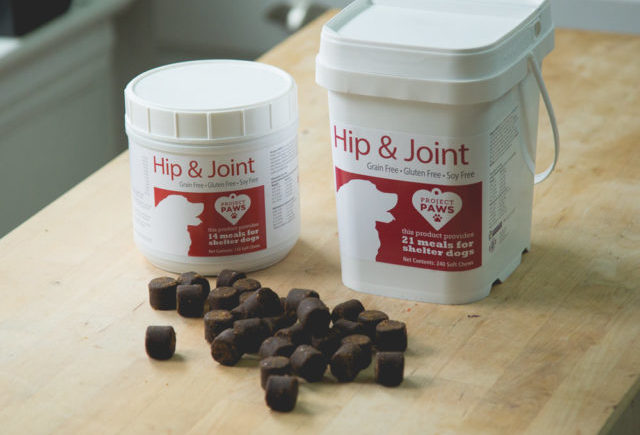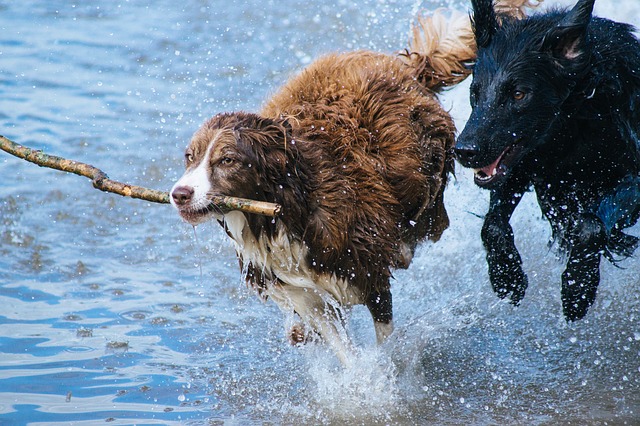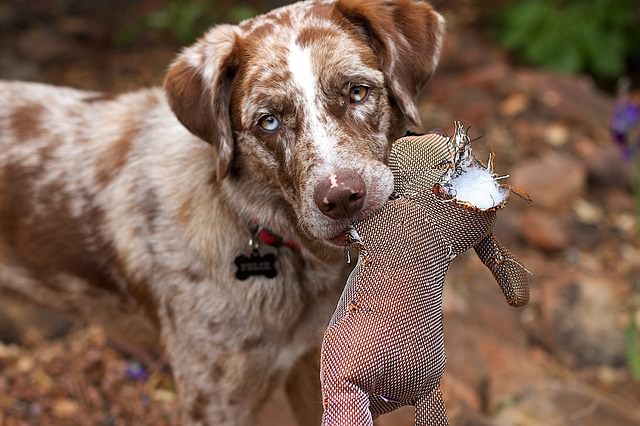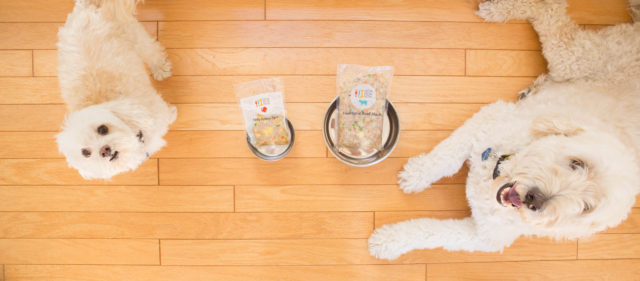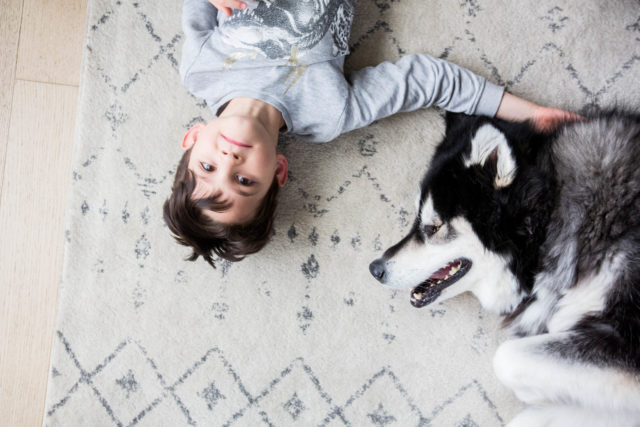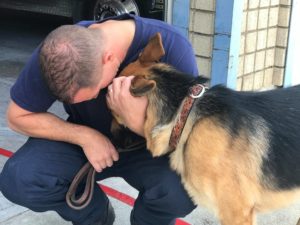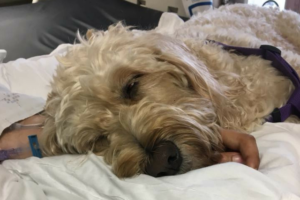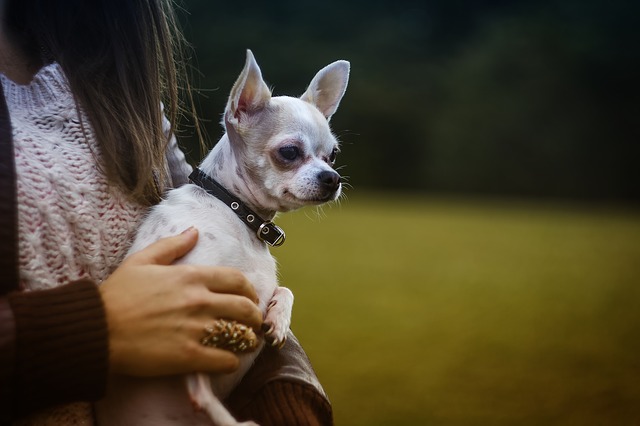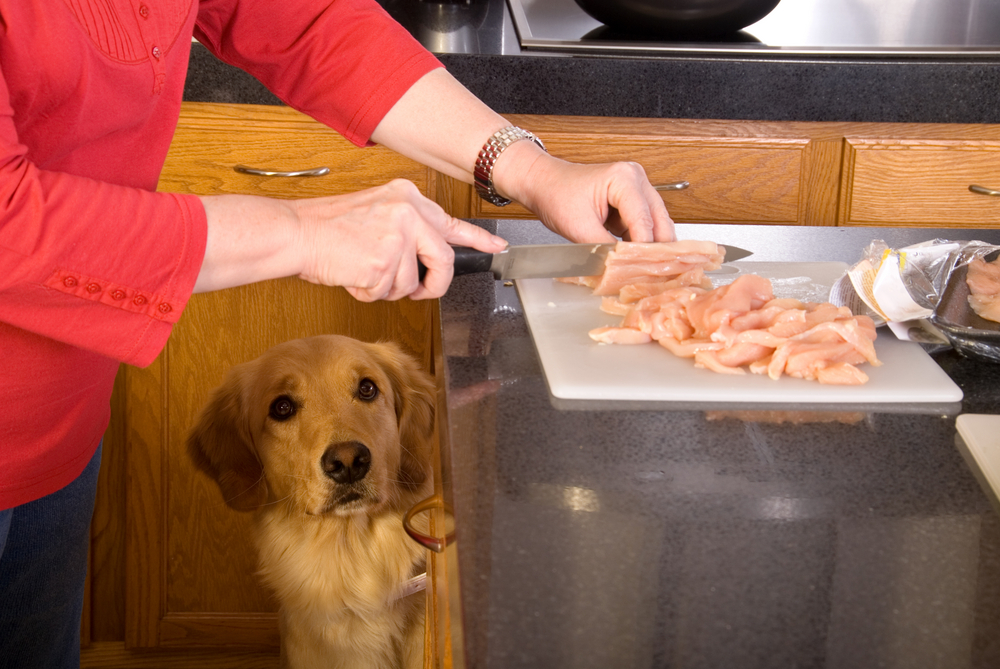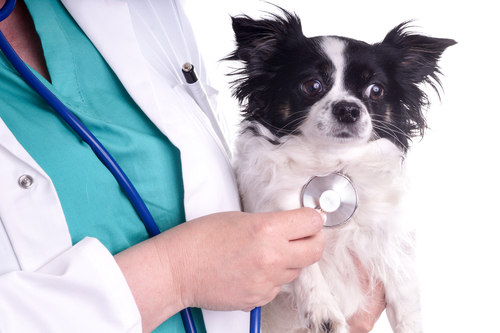You know your dog better than anyone, but that doesn’t make it easy to know when she’s not feeling well. She can’t come out and tell you she’s ill, and that leaves you to worry and wonder when something seems “off.”
Decreased activity is one of the most common symptoms of canine illness. Commonality, however, doesn’t make it easy to identify or interpret. If your dog is lethargic, there’s always a reason. The trick is knowing what that reason is. It could be something as simple as a sore muscle or as life-threatening as cancer. Here’s a breakdown of what you need to know.

What a Lethargic Dog Looks Like
The average dog sleeps about 10 hours a day, and they spend several more hours being awake but inactive. Your pup’s normal activity level will largely depend on her breed and age, and the more time you spend with her, the better you’ll know what her “normal” actually looks like. It’s important to have a general idea of your dog’s energy level so if it changes, you can recognize the difference between having a lazy day and being lethargic.
When a dog is lethargic, she stops doing the things she usually enjoys. She’d rather lay in the grass than chase a tennis ball, and her bin of tug toys remains untouched. A dog suffering from lethargy won’t respond to her name, and she’ll stay in bed long after her usual wake-up call. It might take some seriously yummy treats to convince her to get up, and she’ll be slow and disinterested during her regular walk.
Reasons a Dog is Lethargic
Once you’ve determined your dog is indeed acting unusually inactive, your next step is to determine the cause. Unfortunately, lethargy is related to a long list of illnesses and issues. Here are the top five categories that could be causing your canine to slow down.
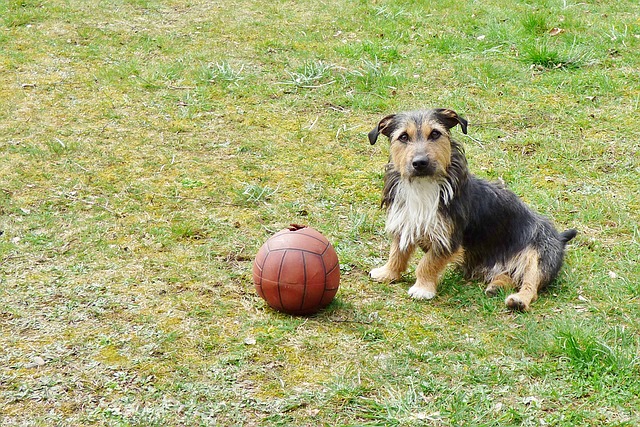
#1 – Illness
When you’re sick, all you want to do is lay in bed and watch Netflix. Your dog might choose listening to a dog-friendly audiobook over binge watching the newest Netflix original, but it’s normal for them to want to take it easy when they’re not feeling well. The list of possible illnesses is far too long to include in this one article, but your dog could be showing symptoms of anything from kennel cough to cancer.
Parvovirus is common in young dogs and puppies, and dogs that love the outdoors are at risk of contracting a bacterial disease called leptosporosis. There’s also the chance your dog has diabetes or heart disease. All of these scary-sounding illnesses might have you rushing to the vet right away, but not every bout of lethargy is life threatening.
#2 – Pain
A long hike, extra time at the dog park, or an awkward jump off the couch have potential to slow your dog down. Dogs suffer from sore muscles just like people do. If you notice your dog is lethargic the day after a lot of physical activity, she might have over done it. Weekend warriors are dogs that spend Monday through Friday on the couch and every weekend doing things like climbing mountains and going on long runs with their humans. Those long stretches of inactivity coupled with short bursts of overexertion aren’t good for your dog’s body. Her lethargy could be a simple case of too much exercise in too short a time period.

If it’s not muscle pain, your dog could be hiding a more serious injury or even something like a snake bite. The next time you sit down to cuddle your pup, take time to examine her body for cuts and areas of swelling. Dogs with long hair are good at hiding their injuries, and even the smallest cuts can become infected.
#3 – Something They Ate
Dogs don’t realize things like chocolate and onions can make them sick, and they greedily gobble down everything they can get their mouths on. It doesn’t even have to be food—dogs eat cardboard, plastic, your shoes, and your pup might have snagged the aspirin bottle you forgot to put away. Dogs that have histories of counter surfing often end up eating dangerous things and paying for it with upset tummies. Eating too fast can also make a dog feel sick and lethargic.
Other potential toxins to consider are plants that are poisonous to dogs and pesticides. Sometimes dogs get over their stomach pangs with no harm done, but some foods and household items lead to serious medical issues.
#4 – Fear and Anxiety
It might not be your dog’s body that’s keeping her off her feet—it could be her mind. Dr. Becker lists lethargy as one of the main symptoms of depression in dogs. Dogs can feel depressed because of the sudden absence of a loved one, lack of attention, or general instability in their lives.

If a diagnosis of depression doesn’t seem like the right fit, your dog could be afraid or anxious. A new family member in the house, or even a new piece of furniture, can easily freak out a nervous dog. Her fear of the unknown can convince her to hide or stay in one place. How much she feels like moving around and interacting with people may also have to do with her anxiety. PetCareRX says,
“Some dogs want to be alone when they are experiencing anxiety. They may hide out of fear or move away from people and other pets.”
#5 – Medication Side Effects
The downside of many prescribed medications is they almost always come with side effects. Lethargy is one of the most common. Sometimes lethargy is a side effect all on its own, but it’s possible a dog is lethargic because of a completely different side effect. According to PetMd, for example, nonsteroidal anti-inflammatory medications used to treat chronic pain are known to cause liver and kidney damage. You won’t be able to tell right away that something bad is happening in your dog’s organs, but if a dog is lethargic, they might be suffering from liver or kidney failure due to a medication.
You’ll have to speak to a vet and gauge your dog’s well-being to decide if the benefits of the medication outweigh the side effects. If they don’t, it might be time to shift away from medications and toward natural treatments like CBD oil.

When to be Concerned
Not every situation warrants a visit to the vet, but knowing when it’s time to make an appointment could save your dog’s life. If your dog is lethargic, and she also meets one or more of these points, it’s best to call your veterinarian.
- Lethargy lasts more than 24 hours
- Prolonged lack of appetite (refusing more than one meal)
- Consistent coughing/sneezing
- Bloody diahrea
- Bloody vomit
- Temperature above 103 degrees
Whether you’ve noticed a gradual decrease in your dog’s activity or she suddenly show signs of lethargy, your best plan of action is to continue observing her. Monitor her behavior and look for additional symptoms of illness. If she still seems “off” after one day, feel free to call your vet. They might recommend you bring her in right away or suggest waiting a few days. Either way, it’s best to keep your vet involved.
Sources: VetStreet, PetMd, PetCareRX, Mercola Healthy Pets
The post If Your Dog Is Lethargic, It’s Time To Figure Out Why appeared first on iHeartDogs.com.
via
Whisker Therapy

